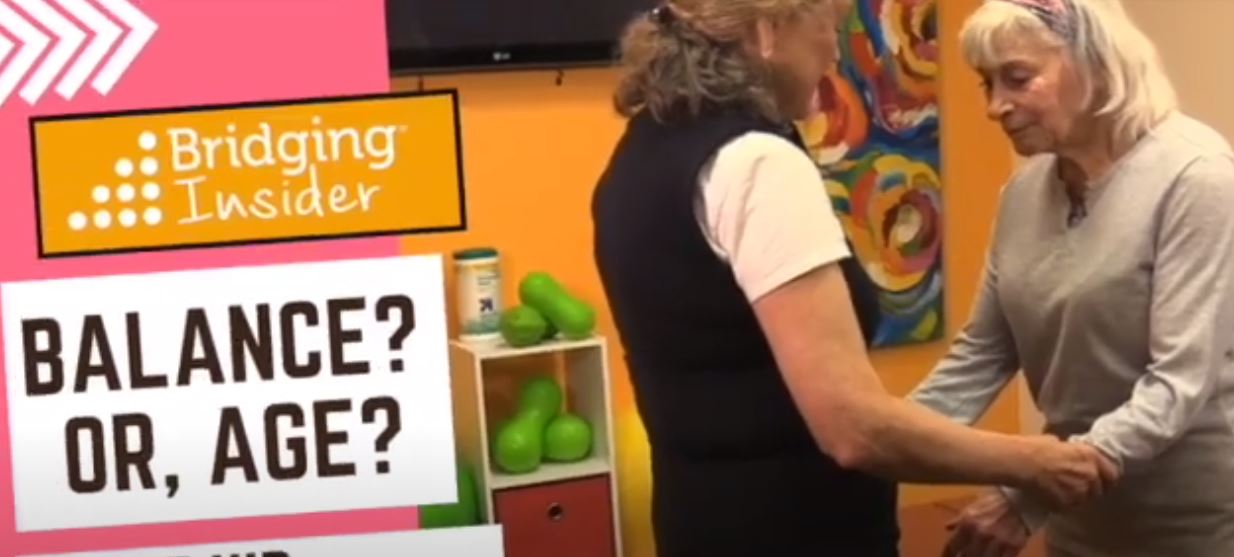Poor Balance: Was It Age or Hip Replacement?
Hip replacement surgery has changed so much over the years. With simpler approaches, the average age of for hip replacement is 65, making it a more common procedure.
The primary goal of the procedure is improved mobility and activity with less pain. However, sometimes there isn’t as much improvement as you’d hoped for.
At the Bridging® Institute, we often find specific glitches in hip control can impact your overall confidence and ease of movement after recovery from the replacement. This leaves you frustrated.
And sometimes the issue relates to a prior injury or surgery, not the hip replacement!
What else was impacting balance following surgery?
Strengthening and balance exercises were supposed to help with her replacement recovery … not so much. What next?
This week’s guest on our YouTube channel, Jae, was still unsteady after a weird series of events with hip replacements. One disintegrated and caused a lot of pain. The next wasn’t right and had to be replaced. Goodness!
She went for post-surgical rehab and faithfully did her exercises. The ease and effort of getting around was not improving. Her questions about how much more improvement to expect got responses of, “but you’re 83!” The unsaid part of that response is, “What more did you expect?”
This was a crazy response because age isn’t really a factor in balance control. The correlation to age is merely that you’ve had more time to be exposed to disruptors of your body. Disruptors impact the way parts of the body work together.
Bridging does a quick reset to put the associated micromovements back together so you’re back in action.
Details matter for deciphering balance
Jae, a long time client, was still seeking better mobility and called to see if Bridging® might help again. We’ve worked together in the past to solve nagging pains or balance concerns. She wanted to get back to doing activities with her family and community.
Restoring her balance after surgery took three sessions. (The third is on YouTube.) Here is the progression of how we helped put her back together:
- September session: We simply matched up how the right and left sides of her body and legs were working. She was then able to go visit family in Utah and do some simple hiking, using poles.
- October session: We dissected why she was off balance when standing up. It was a core imbalance related to a prior shoulder surgery.
- November session (video): We teased apart factors of her dynamic balance to see how they were working. Five out of six aspects were fine, so we tackled the last component. Now, the cane is gone!
Have a look to see how the devil can be in the details, and how dynamic balance can quickly change with Bridging®.

